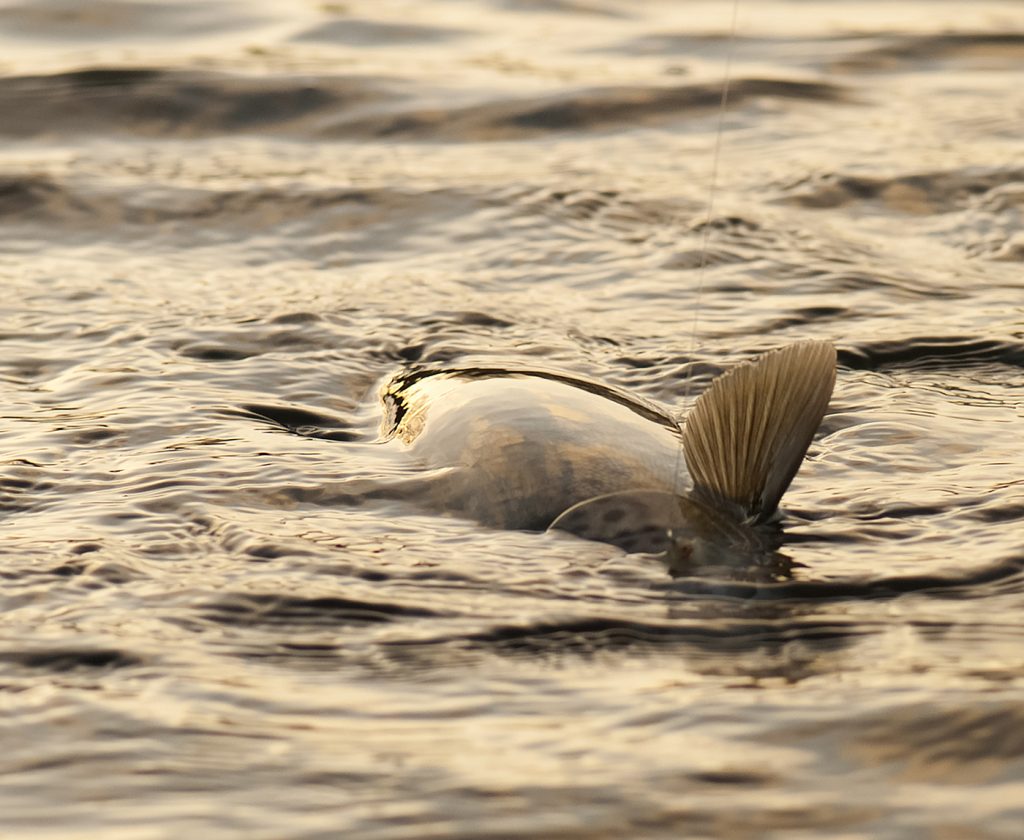
Fishing trout in still water has a lot in common, whether it’s salt or fresh water. The trout live much in the same way: The feed and grow to maturity in the large still water and migrate to streams to spawn. Whether fresh or salt, the habitats also share some of the same types of prey – gammarus and baitfish/fry being two of the notable ones. In both fresh and salt water you can even be lucky enough to find trout feeding on terrestrials.
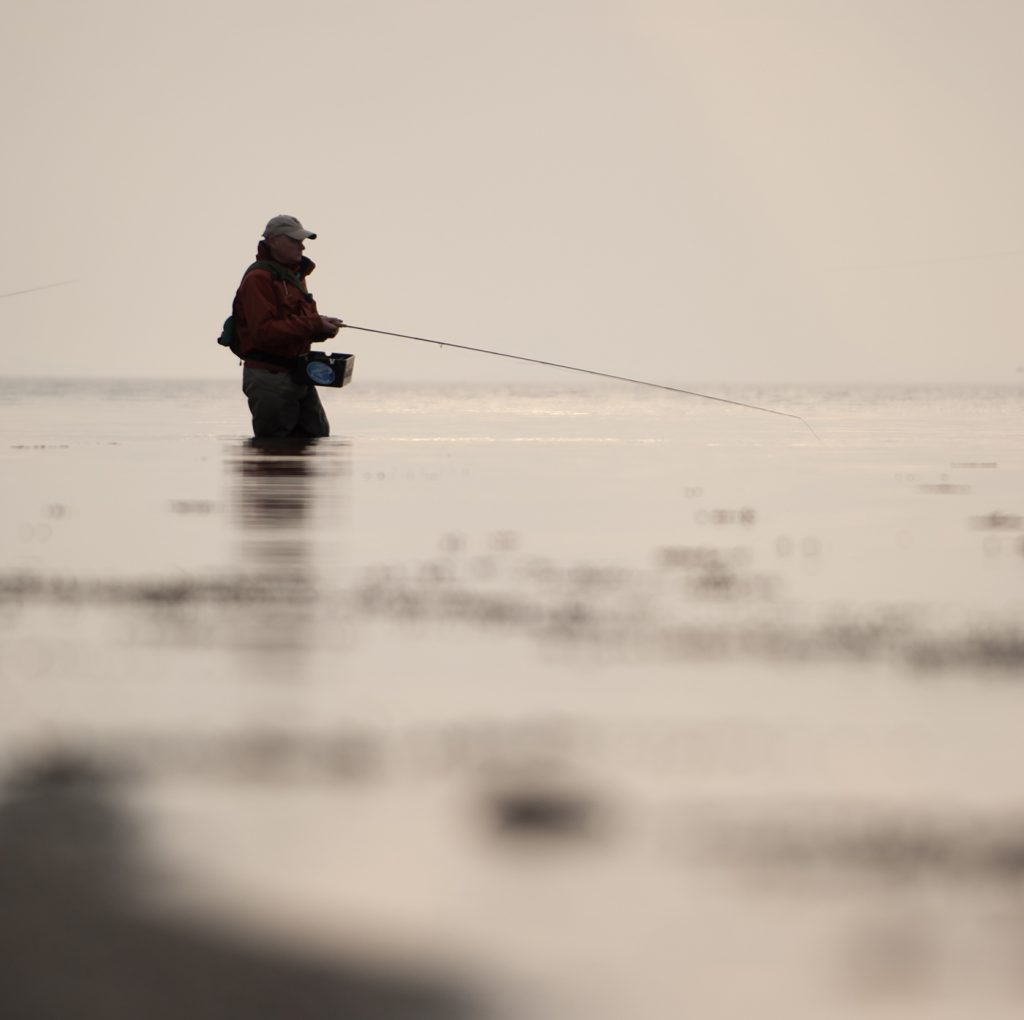
The fishing itself also shares a lot of similarities. Large bodies of water, no current to help move the fly, often a need for long casts and of course similar reactions from the fish to wind, temperature, behaviour of prey and so on. For that very reason the early saltwater fly fishers in Denmark in the late 1960s and early 1970s sought a lot of inspiration in both the British and American still water traditions.
This is easily visible in some of the early publications, both articles and books, where for instance hair wing streamers of American pedigree are common. I’ve talked about the Mickey Finn before, but one that is also mentioned early on is Art Flick’s Black Nosed Dace. A wonderful, simple and beautiful hairwing streamer. Several variants are seen, but the original calls for a red, wool tail, body of flat silver tinsel, ribbed with oval silver. The underwing is polar bear, middle wing skunk and overwing bucktail. Here’s I’ve substituted the skunk for dyed black squirrel, but otherwise it’s as the original. Strangely enough, it’s one of few flies that utilise the beautiful, natural brown hairs on a bucktail.
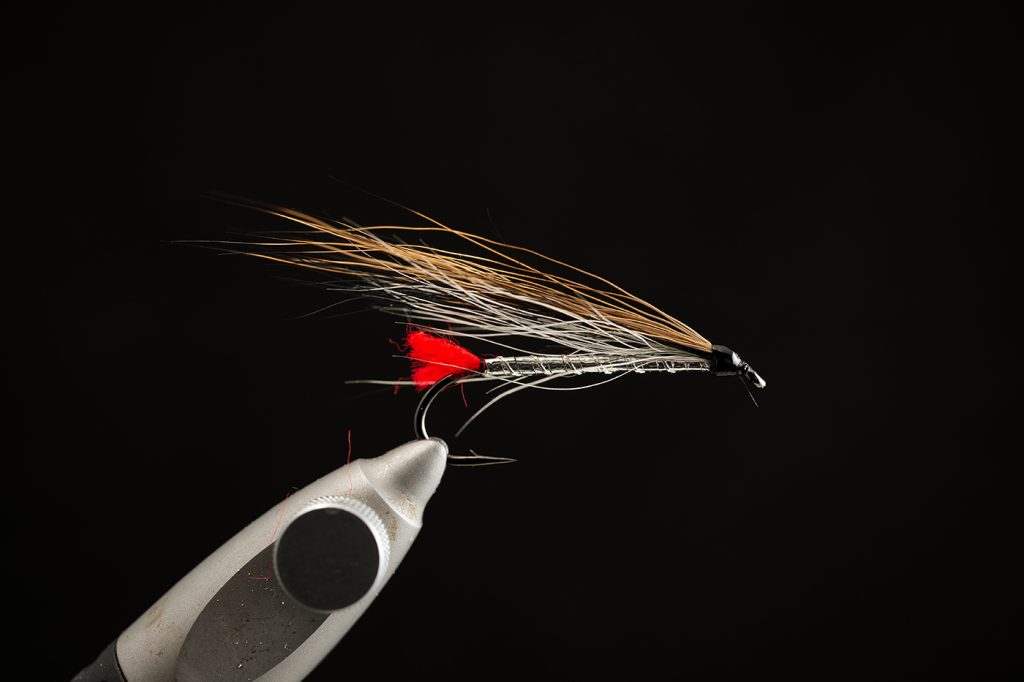
As the name implies it’s meant to imitate a dace, but I’m sure sea trout will take it for just about any small fish. I used to have it in my box, but it’s been gone for years – now it’s back. I’ve tied a few on both the NS 118 and the NS 105 – both hooks suit the fly well. And since it was originally tied for freshwater, I’ll stick a handful on the fresh-still-water-box as well. I do enjoy every now and then trying to catch a trout on old classics.
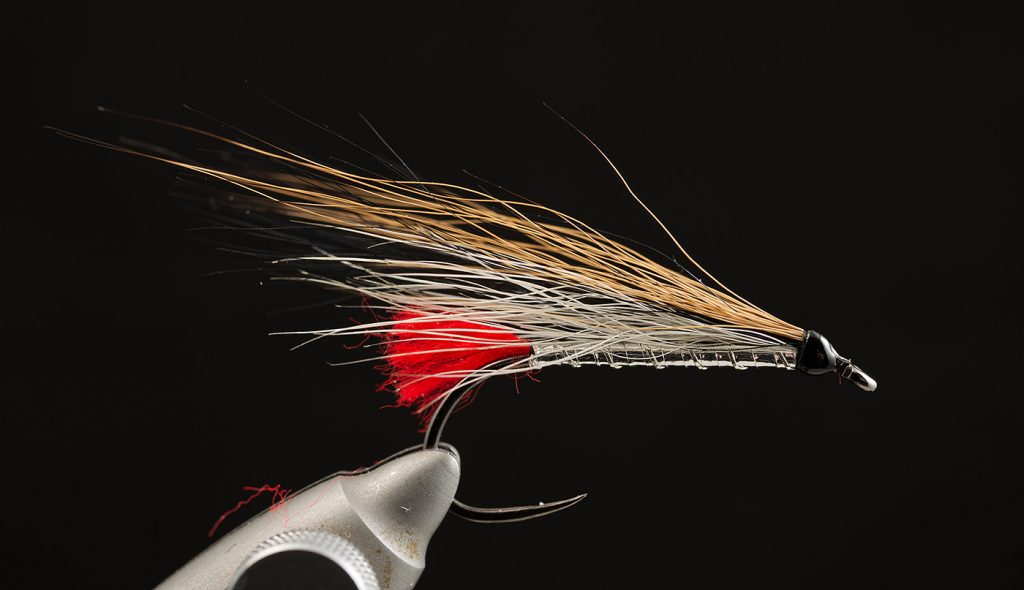
A long time ago, a friend of mine, Dennis Jensen from Esbjerg in Denmark, began experimenting with zonkers – a different kind of streamers. The reason is obvious, they are extremely mobile and extremely durable. Dennis is a bit of a tinkerer, a tool maker by trade (as was his father, Richard) and I remember seeing in the magazines (you know, the old school printed ones) flies he had tied. A more or less standard zonker with a body of mylar tubing, but over a fish-shaped underbody. Dennis was making moulds for specific hooks and was “casting” bodies with hotglue, which gave a unique shape and translucency to the body.
Dennis recently made a couple of moulds for a couple of our hooks and was kind enough to send me a couple together with a couple of his flies. An orange underbody, hot glue and covered with mylar tube does give quite a nice effect.
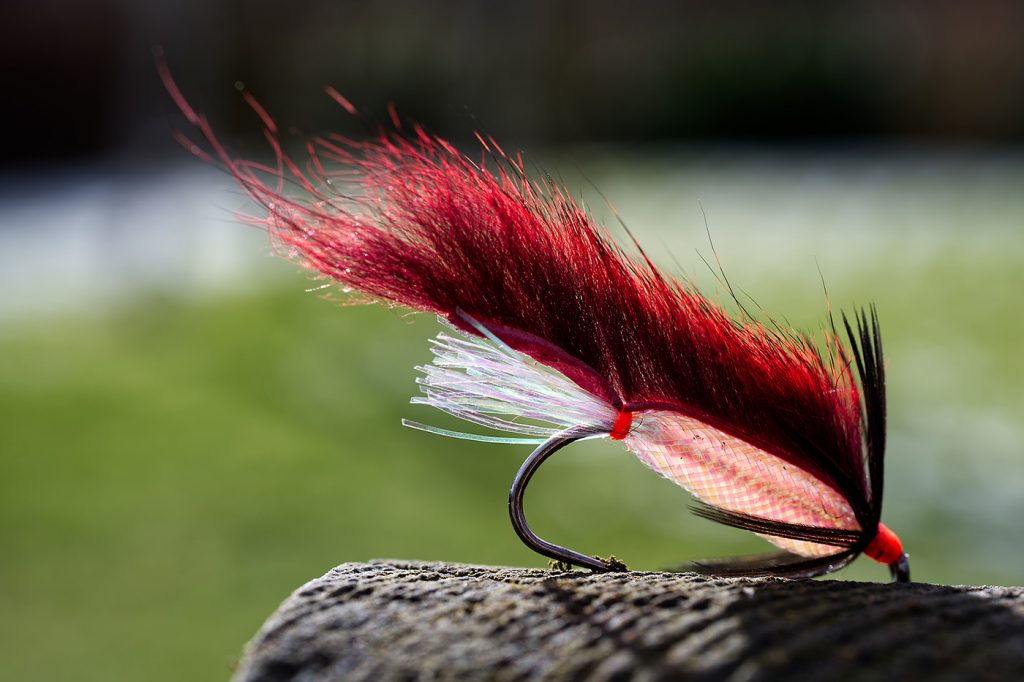
I have a few ideas of my own using these mould that I want to explore, a Black Nosed Dace hot-glue-belly-version is one of them. I can just feel my box needs a small school of Dennis-Jensen-style-zonkers.
New and old – and new and old fused together, these are some of the aspects I love about fly fishing and fly tying.
